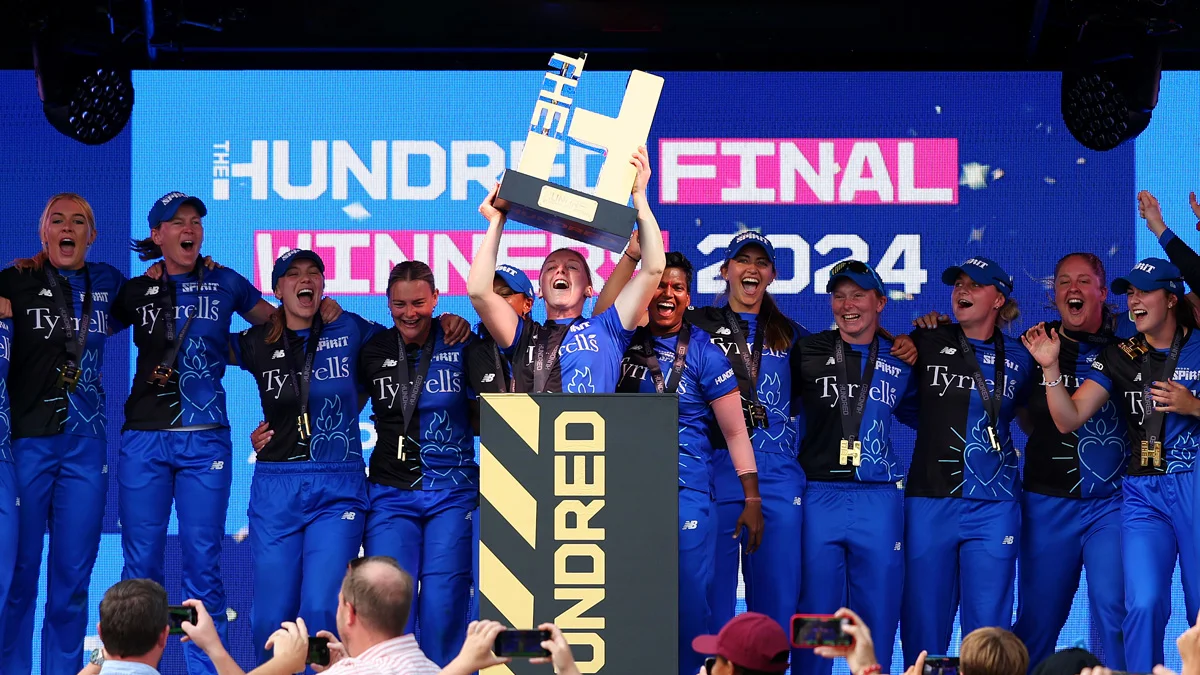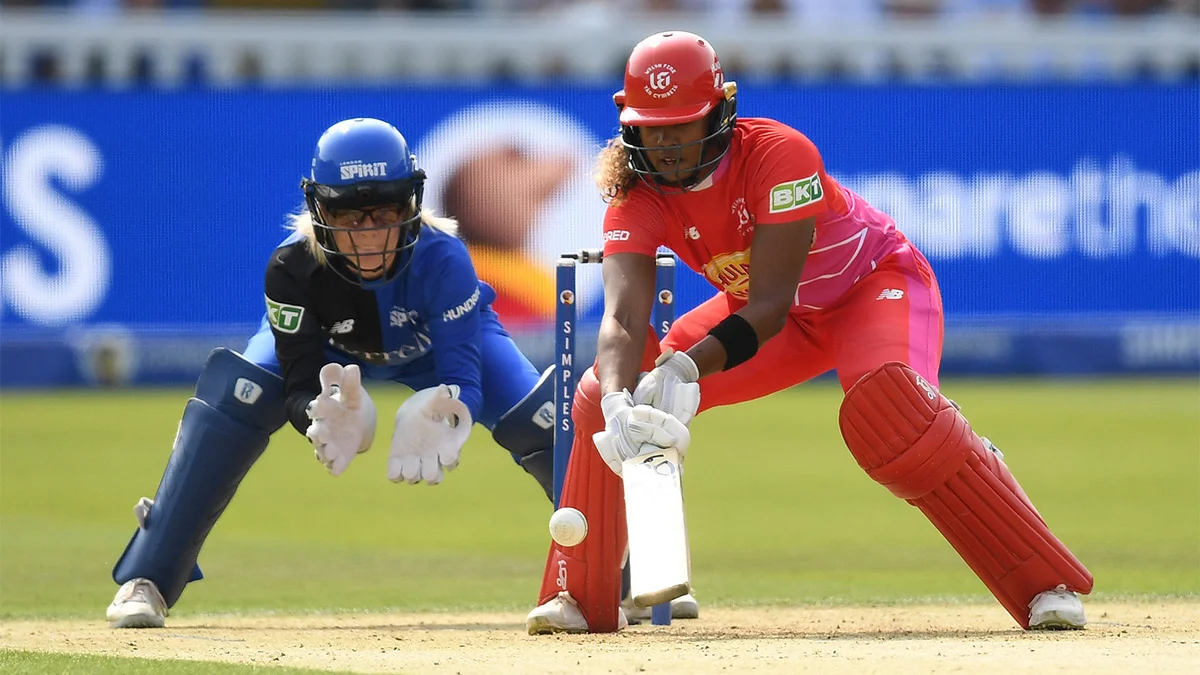
Money can be a puzzling thing, especially if you have an arts background. You start off thinking money matters are going to be refreshingly black and white, flinty rows of numbers, facts and figures firmly in the ascendancy.
Then you dig down a couple of surface layers and the foundations go all wobbly. It’s like you’ve turned up in the science department – it’s not your thing, but you’re hoping to watch and learn – but instead of a repeatable experiment with a Bunsen burner, everyone is talking about sentiment, confidence and beliefs.
How can that be the case? I’ve come all the way from the English department to see how the other side do things – and everyone is still talking about storytelling? But of course, there are stories and there are stories, a distinction we will come back to later.
This paradox provided the theme of Aswath Damodaran’s book Narrative and Numbers: the value of stories in business. Damodaran (nicknamed Wall Street’s dean of valuation) wrote his book with the opposite starting position from mine: he was a numbers guy who experienced a conversion to understanding the significance of storytelling.
He wrote: “As early as the start of secondary school, the world divides us into storytellers and number crunchers. Each group learns both to fear and be suspicious of the other. You have two tribes, each speaking its own language and convinced it has a monopoly on the truth and that the other side is wrong.”

But of course, you need both. And Damodaran portrays effectively valuing a company “as a bridge between numbers and stories”. Understanding value, he implies, demands interdisciplinary dexterity. Your own value, if you like, is seeing the value in uniting different modes of thought.
(A digression. In sport, I have often been perceived as being “data-led” or “data-obsessed”, but in fact, I’ve drawn heavily on intuition. I surround myself with people who arrive at decisions in more scientific ways, because I want my intuitions to improve through exposure to creative tension. Damodaran describes himself as reconnecting with his storytelling side, which he’d abandoned as a young boy. For me, who gave up all subjects except essay writing aged 15, I’m walking backwards towards a scientific mind that is still open and curious – perhaps more so because it was underdeveloped academically.)
Cricket has just experienced a classic art versus science moment in the sale of The Hundred, a relatively new competition announced by the England and Wales Cricket Board in 2018 and launched in 2021. No other country plays the format. And it’s not obvious who else (beyond the existing TV buyers) would seriously bid for the rights to broadcast it. So the format has limited growth potential geographically and a questionable dependency on one principal source of revenue.
So how much is a franchise in The Hundred worth? In cold numbers on a spreadsheet, with a rational lens focused on imminent return on investment: not much. This led Lalit Modi, the entrepreneur who founded the Indian Premier League, to describe The Hundred as a “Ponzi scheme”.
And yet the recent sale of The Hundred put the combined value of the eight franchises at £975m. During the process, there were huge differentials in how experienced investors priced what was for sale. Some potential investors baulked at the gap between real numbers and future projections.
A 49 per cent stake in the franchise London Spirit, for example, was sold to a Silicon Valley consortium for £145m. The tech titans were attracted to the story of what The Hundred could become and the lure of the Lord’s Cricket Ground (where the franchise plays) brand. One of those investors is Microsoft boss Satya Nadella. It’s a brave sceptic who calls him irrational or lacking rigour.
I have a personal take on The Hundred. News of the competition was prematurely leaked to the media in the same week that my appointment as chief selector was leaked to the media. (“Welcome to the ECB,” a friend within the organisation joked to me.)
In my first few days back inside cricket, I got used to being asked, with concerning levels of interest: “What do you think of the new competition?” I would reply honestly, though not very imaginatively, that 100 balls per side would probably turn out to be very similar to 120 balls per side (the format of the Twenty20 competition). On the cricket, if we really were talking cricket, how much could there be to say?

But of course, we never were talking about the cricket, we were talking about governance and power (as we still are today). Creating and launching a new franchise-based competition required a double navigation: they had to bring the broadcasters on board and they had to get the 18 county clubs to agree to it. The Hundred, in the business cliché, was the vehicle to reach those ends.
Then the question becomes, is the vehicle the destination? I suspect not. The end-state for the tournament is likely to be 120 balls per team – back where we started. (Though I doubt they will call it The Hundred and Twenty.)
And the destination for the game? That’s the real question. The sale of The Hundred has created a windfall for the sport, but a large cut will be spent paying off debts accrued by the counties. “You can’t sell off the family silver twice,” as Lord Mervyn King, president of the Marylebone Cricket Club and former governor of the Bank of England, put it. So the fundamental question is the same as it’s always been: how to protect and organise the game over the long term?
Arguing about The Hundred, in the classic mode of culture war rows, has provided a vexed displacement activity. Now for the hard work: effective administration of the sport as a mode of experience, entertainment and social cohesion. That project – the richness, texture and fabric of the whole game – will be measured in memories and friendships, facilitated (but never fully represented) by healthy economics. Because the story and the numbers, once again, will be impossible to separate.
Ed Smith is director of the Institute of Sports Humanities and the author of Making Decisions
Related and recommended
Contestants from The Apprentice reveal the fundamental business lessons they learned from taking part in the TV show
From global talent pools to AI-powered documentation, a work-from-anywhere model is a new way of thinking about productivity, innovation and teamwork
The story of how cycling brought Business Leader member John Readman together with his co-founder and investors
Stuart Machin’s hands-on leadership has revived M&S, tripling its share price and reshaping its future, by obsessing over the details, from shop floors to staff message boards





